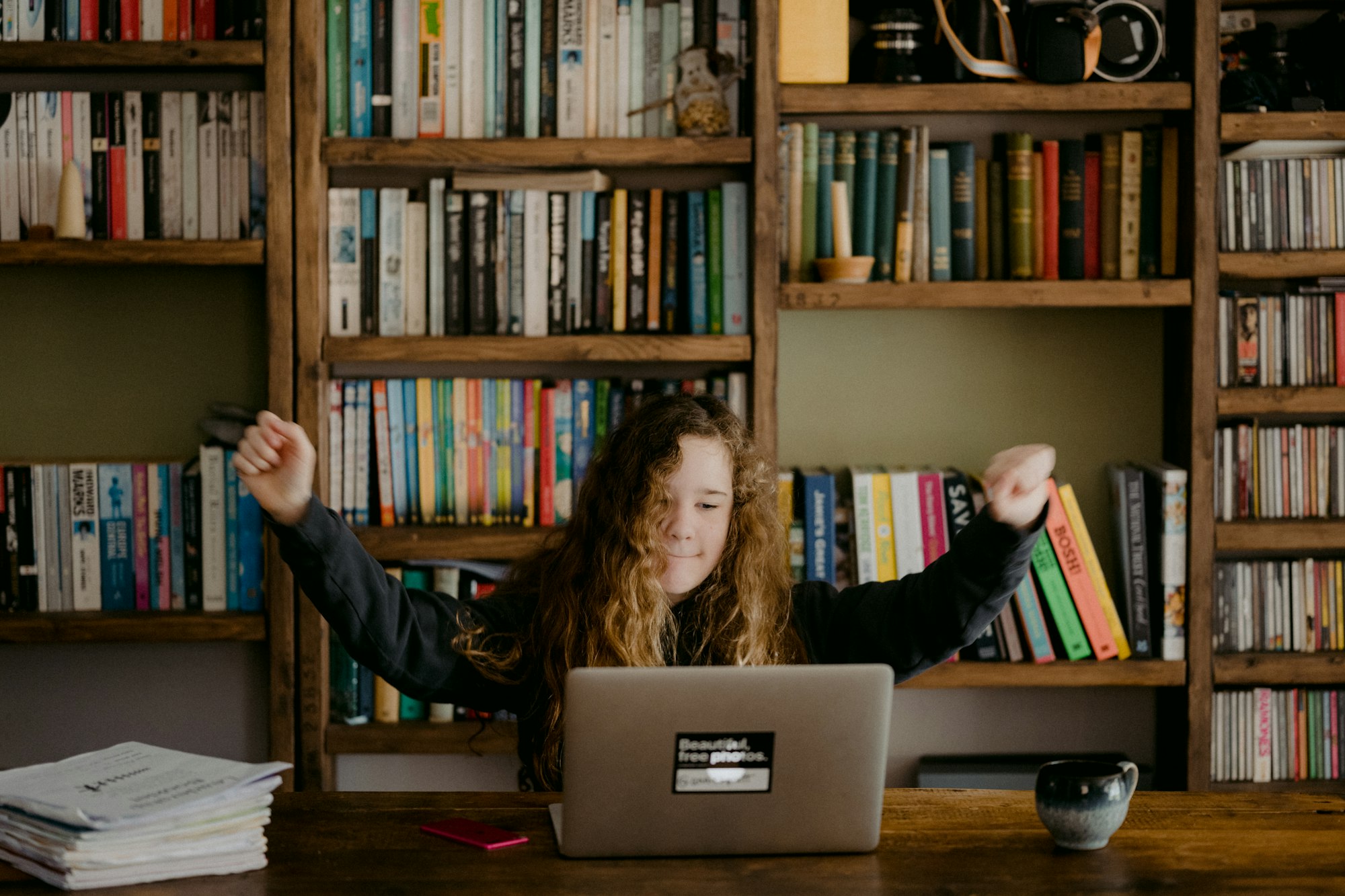We interviewed several teachers who use Flat for Education in their daily work. We learned so much from them and we're sure you will too. We have designed a series of case studies to help you get the most out of our platform and take your classes to the next level.
Don't have your Flat for Education account yet? Unlock your free 3 months using this link (only available for new users)!
Challenge: technology integration
Successful technology integration is not just a matter of bringing the tools into the classroom. When it is done in a seamless and playful way, students are not only more engaged but also begin to take control of their own learning.
💡 Effective technology integration changes classroom dynamics and encourages not only student-centric, project-based learning, but also collaborative learning.
Overcoming this challenge with Flat for Education
So how can teachers keep students interested, engaged and make them feel a part of a music class thanks to the technology they use?
First of all, thanks to Flat for Education’s cloud-based technology, compositions or assignments can be accessed on any device (laptop, mobile, or tablet) at any time.
🙅 No more excuses for missed assignments or lost papers!
In addition, it offers unique features that promote collaboration among students themselves as well as between teachers and learners. Students can be optimally grouped as needed, based on their skills, requirements, or instruments! Once the right collaboration plan is in place, there is still room for personalized instruction and coaching to ensure all skills are addressed.
“Live collaboration feature! It changes the way I look at remote learning. I can use it to help out a student by commenting on a specific score or part of using it to share nights with the class as a whole. It is kind of like walking around in a classroom and looking over a student’s shoulder.” (Mr. West)
On that collaborative note, Mr. Blake shared a fun assessment he is doing with his students:
✨
As a group, his students create a theme and the chords that accompany this particular theme. Then, each student is required to individually, on their own scores, create variations. This way, students are able to explore different types of sounds and music and see how it translates on a “traditional score”, making composition less scary.
✨
Additionally, numerous teachers have told us that their entire curriculum has changed since they relied on Flat for Education. In fact, some teachers have booked “lab classes” every week to have their students work exclusively on their devices. Others are on a mission to eliminate the old-school theory books and use Flat for education at least 15 minutes each class to work on the previously acquired notions.
Finding a balance between instrument time and theoretical or collaborative work is a great asset. Understanding theory and technique allows learners to achieve the true enjoyment of music. However, to balance theory, technique, and enjoyment of music, it is not a matter of choosing between the three, but of developing them as a whole, thanks to an engaging and innovative technology such as Flat for Education.
"Take advantage of it. The kids are digital. It sparks creativity. If we want the kids to be involved in music, we need to give them a tool like Flat for Education." (Ms. Brewer)
Results
✅ The technology is available on every device, no installation is needed
✅ Music lab classes & adapted curriculum
✅ Increased collaboration between students
Flat for Education features used
If you have questions or would like to try it with your students don’t hesitate to reach out to edu@flat.io!
